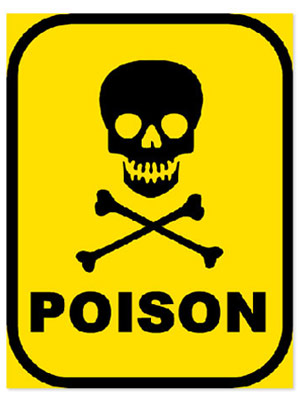There’s quite the controversy about that recent study that shows that “inert” ingredients in Roundup are actually toxic. Apparently Dr. Séralini hit a nerve.
Some critics are making up stuff:
“The EFSA requested access to the raw data” —Jon Entine
That turns out not to be true:
No. EFSA has not requested raw data for the study as this information is not required at this stage of the review process.” —EFSA.
 Who previously actually did refuse to release raw data?
Who previously actually did refuse to release raw data?
Monsanto only released the raw data after a legal challenge from Greenpeace, the Swedish Board of Agriculture and French anti-GM campaigners.
Here’s the European Food Safety Authority (EFSA)’s rather vague statement about the recent study and EFSA’s FAQ clarifying that statement.
Here’s a much more substantive response from scientists supporting the Séralini cell toxicity study. The last item of that response:
CRITICISM: GM has been in the food chain for years in the US. Why isn’t there evidence of people and animals suffering more tumours or dying earlier? Why aren’t Americans “dropping like flies?”
RESPONSE: Most GM crops are fed to farm animals, which have relatively short lives either for meat or dairy production and so there is probably not enough time for tumours to develop.
Americans have been eating GM food (soya, maize) for only a relatively short time in significant quantities in processed foods. So it may be too short a period for long-term effects such as tumour formation to be noticeable. However, we should also note that there is no labelling of GM foods in the USA and no monitoring of the population for ill-effects, so if GM food were causing ill health this would be going undetected.
Ill effects of Roundup went mostly unstudied until scientists in places like Austria (the first study above) and France (the second study) and Canada and Continue reading




